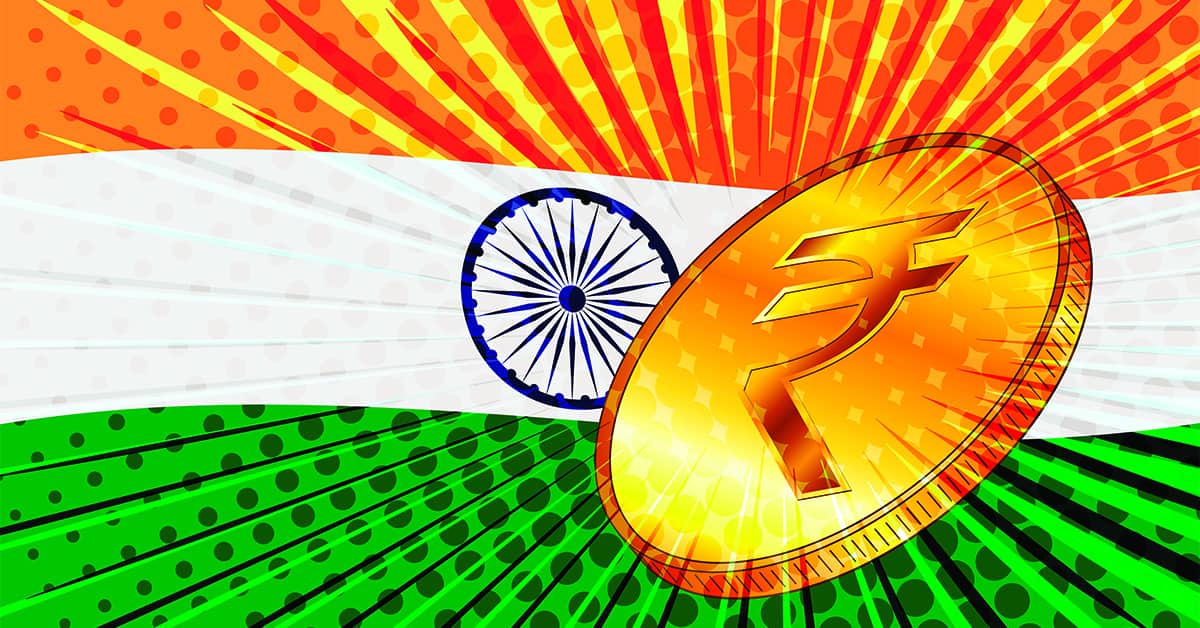Unlike traditional brick-and-mortar retail banking locations, the digital bank units will enable 24/7 cash deposits and withdrawals.

To further financial inclusion in the country, India’s government has created 75 digital banking units (DBUs) in 75 districts as part of its budget for 2022-2023. The new DBUs aim to bring the benefits of digital banking to every corner of the country, and will cover all states and territories of the union.
The DBUs are essentially brick-and-mortar outlets equipped with internet-connected tablets that citizens can use to complete basic banking activities.
Small enterprises will also have benefits; indeed, the DBUs will allow loans, credit cards and insurance. The DBUs will give customers cost-effective, convenient access and an enhanced digital experience to banking products and services. The plan foresees providing maximum services with minimum infrastructure, to make banking easier and secure.
Unlike traditional services, the DBUs will enable 24/7 cash deposits and withdrawals. Customers who do not have home or phone internet connectivity can perform paperless banking transactions from the DBU; while bank staff can support and guide the user through banking operations.
The DBUs will offer a full range of banking services, including opening a savings account, fund transfers, applying for credit and debit cards, reviewing bank statements, paying taxes, paying bills, and more. The new units also will help facilitate MSMEs’ onboarding to the government’s multi-departmental Jan Samarth online portal and other tasks.
“DBU is a strategic step toward [easing] living for the common citizens. People living in small towns and villages will find benefits like transferring money to availing loans,” noted Prime Minister Narendra Modi in a prepared online statement.



